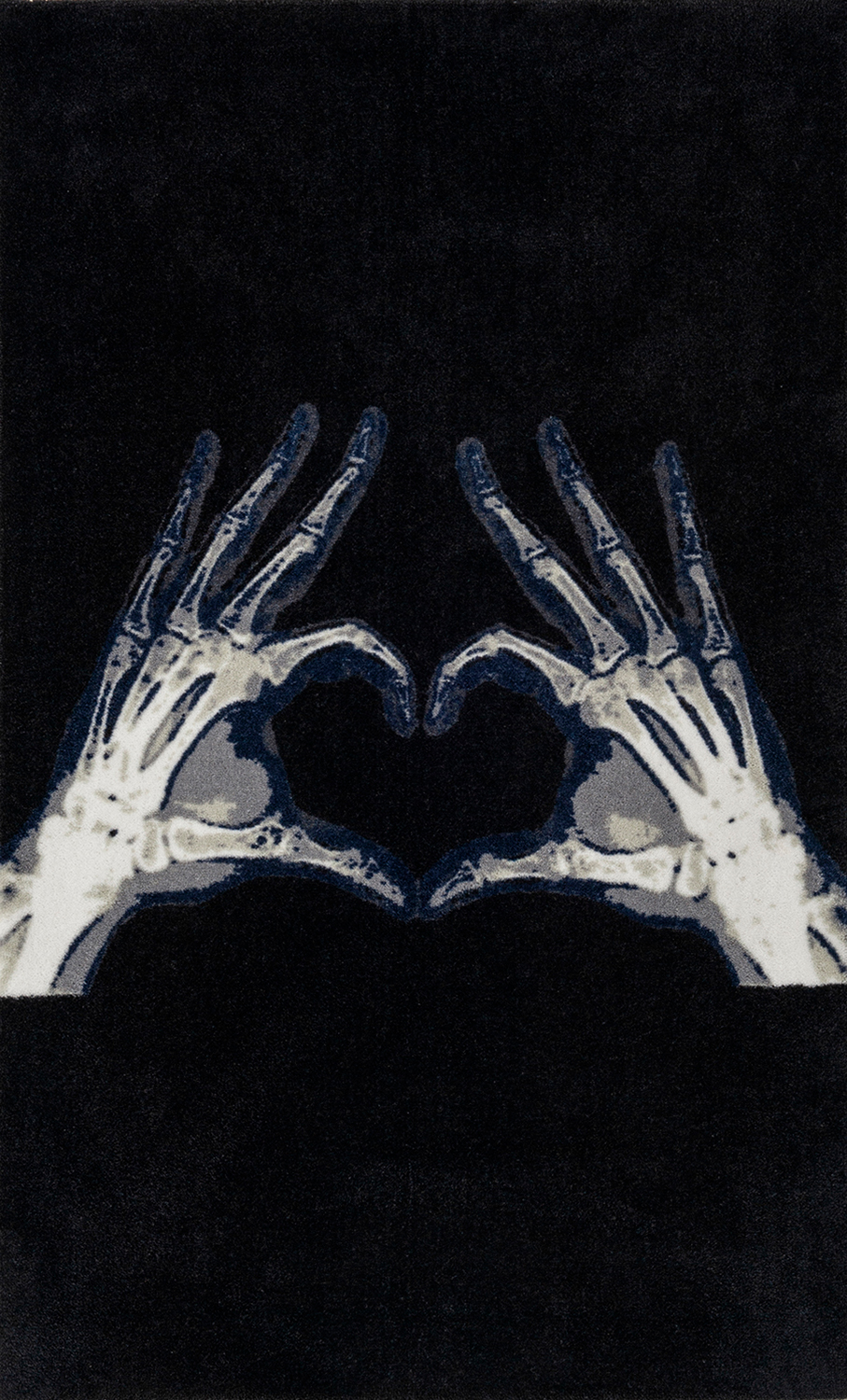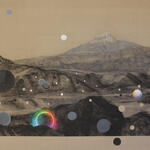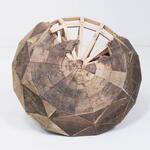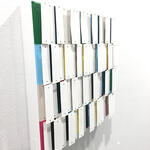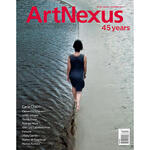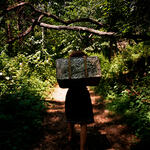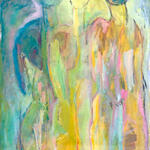Creates rugs with impressions of his radiographs, taking advantage of the pandemic to revisit his works. This finding was transformed into new carpets, made with prints from these radiographs.
“One of the most important forms of communication for human beings are hand signals. On the internet, some of these signs have gained a more than special place in the network's vocabulary. Its wide, widespread and unrestricted use boosted the creation of the language of emojis, a language of global understanding - or rather, a “little hand” understood by everyone, even by children who haven't even learned to read. The artist decided to better understand this communicative phenomenon - signs made with hands - dissecting the subject with one of his favorite tools: humor. Hence, the images generated through X-ray plates arose, a printing method little used in the world of contemporary art, although it has a powerful graphic appeal. Alê explores radiological technology without, however, sticking to traditional acetate transparencies. He prefers to delve into the recoding of signs and present the images generated by radiography through a process of digital reprinting on tapestry. This experience with expectation inversions aims to tension our intimate relationship with the icons we are seeing: we know a lot of what is placed in front of us, we easily understand the sign there represented by the image of the hand, we immediately identify the X-ray that shows the bones exposed and we can also perceive without any doubt that we are in front of a rug, but the tension happens because all these codes “don't match”... in principle they shouldn't be there working together in symbiosis of imagery. Jordão acts in a range of understanding that escapes obviousness because he makes ironies precisely about our automatic relationship with the semiotic decoding of the like”. Baixo Ribeiro (art curator)
